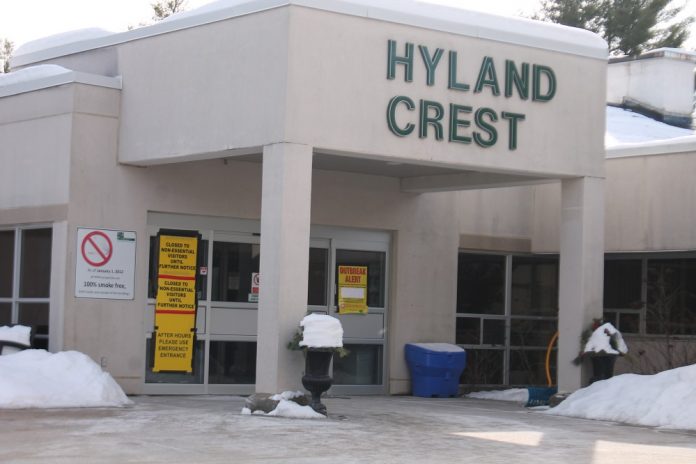

When the Canadian military went into five long-term care homes in Ontario last year, they claimed they found horrific conditions: residents being bullied, drugged, improperly fed and left for hours and days in soiled bedding.
Soldiers were called in to the Pickering, Scarborough, Etobicoke, North York and Brampton facilities to help during COVID19. Reading their report was “gut-wrenching” and “the hardest thing I have done as premier,” Premier Doug Ford said. Yet, the Ontario Health Coalition claims there have been no fines levied against long-term care homes.
Further, they allege unannounced annual inspections have not resumed. So, when new minister of long-term care Rod Phillips – he of the sneaking out of the county during a lockdown – was appointed, advocates were skeptical.
But, after months of lobbying for improvements to Ontario’s long-term care system, they were tossed a bone Oct. 15. The numbers sounded impressive but as usual the devil is in the details. Across the province, it supposedly means up to $270 million this year to homes to increase staffing levels, leading to more direct care for residents.
Locally, it supposedly means nearly half-amillion dollars to be split between Highland Wood, Hyland Crest and Extendicare Haliburton, and then an increase of about $3 million by 2024-2025. That’s when the asked for four hours of direct care per day for residents is supposed to kick in.
Apparently, they are going to make the four-hour minimum a law, too. Former nurse and MPP Laurie Scott took advantage of the news to take credit for local funding. She said her government plans to train, hire and retain thousands of new staff over the next four years. Currently, residents receive an average of two hours and 45 minutes of direct care from nurses, registered practical nurses and personal support workers (PSWs). The province says the money will bump it up to three by the end of the fiscal year.
The funding also includes $42.8M to homes to increase care by allied health care professionals (such as physiotherapists and social workers) by 10 per cent this year. Getting lost further in the numbers, the government says it’s spending nearly $5 billion over four years by adding 27,000 people.
I guess we can say it’s all a start. The Ontario Health Coalition has projected that Ontario needs more than 33,600 full-time equivalent RNs, RPNs and PSWs to get LTC staffing levels up to four hours per resident per day. It’s financial accountability office puts it at 37,000. The province is falling 10,000 short.
Add to that the fact a reported 30 per cent of PSWs have left the industry during COVID, so there is some catching up to do. And the Ontario government is providing money for new homes. Let’s also keep in mind the money has not flowed yet despite the presser claiming “immediate” action.
Health care providers are naturally tentative about popping the champagne corks when official funding letters have yet to arrive. While long-term care homes in Haliburton County get good reports about patient care and quality of life, and have not suffered COVID-19 cases, the money is desperately needed.
Finding and keeping staff has always been a challenge. It should be noted that waitlists for long-term care locally are also in the ‘years’ unless circumstances necessitate an emergency move.
No money will be turned aside but it’s naiive to think that throwing less money than what is needed at only one part of this problem is any kind of solution.




